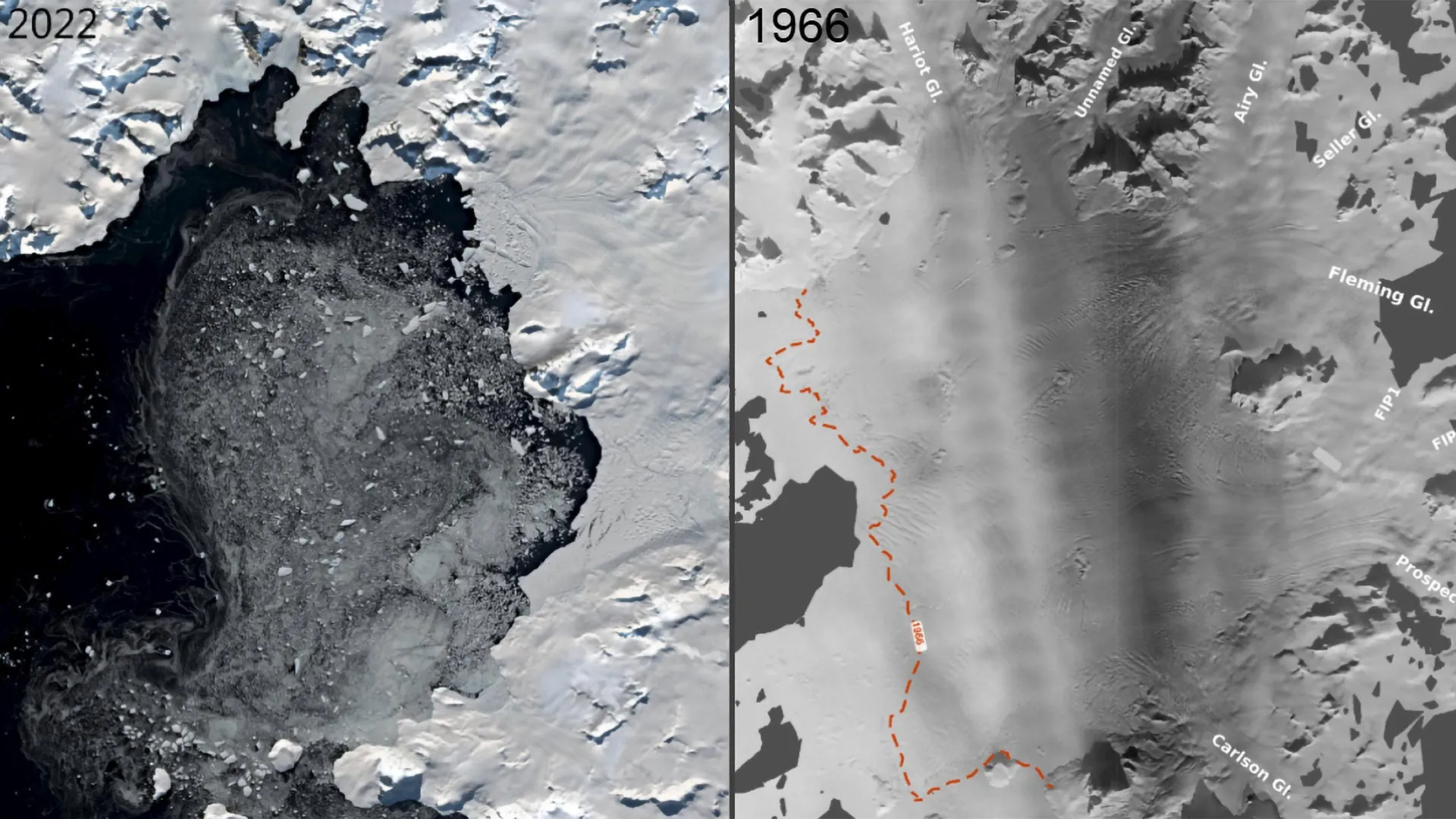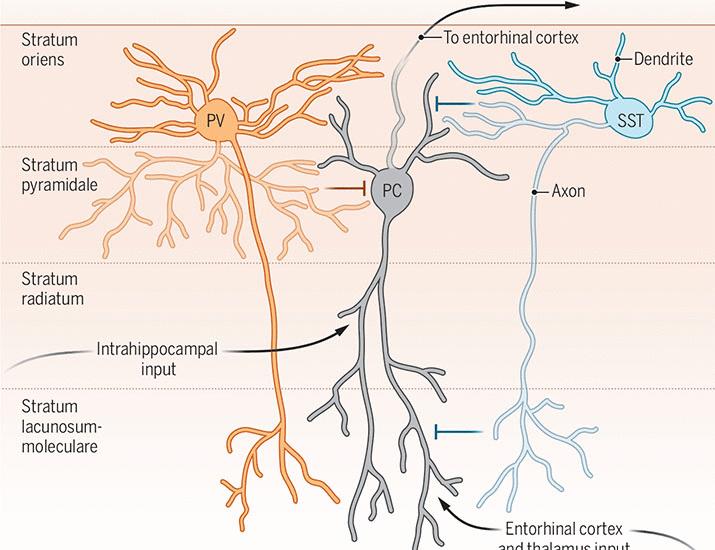Now Reading: Antarctica’s Ice Collapse Accelerates, Captured on Camera
-
01
Antarctica’s Ice Collapse Accelerates, Captured on Camera
Antarctica’s Ice Collapse Accelerates, Captured on Camera

Quick Summary
- Researchers from the University of Copenhagen have studied historical aerial photos combined wiht satellite observations too understand mechanisms behind Antarctic ice shelf collapse.
- The Wordie Ice Shelf, documented in aerial images from 1966-1969, collapsed over three decades. its collapse caused glacier ice to float freely into the sea, contributing slightly to global sea level rise.
- Two major Antarctic ice shelves – Ronne and Ross – hold enough glacier ice to contribute up to five meters of global sea level rise if they collapse.
- New findings demonstrate that rising seawater temperatures causing melting beneath floating ice shelves are the definitive factors in collapses.
- Study results alter prior assumptions that warmer atmospheric temperatures or meltwater lakes were primary contributors.
- Ice shelf collapse may occur more slowly than previously thoght but could be harder to reverse once underway, urging immediate action on greenhouse gas reductions.
- Advanced techniques like structure-from-motion photogrammetry allowed researchers to reconstruct historical changes in thickness, flow velocity, and surface structure of Wordie using old photographs.
Key Facts:
- Ice shelves act as “brakes” for glaciers on land; their loss accelerates glacier melting and contributes directly to sea level rise globally.
- Sea level rises fueled by Antarctic melting disproportionately affect regions like Denmark due to gravitational forces.
Indian Opinion analysis
The study underscores the growing clarity around climate processes driving rapid changes at Earth’s polar regions – particularly Antarctica’s massive influence on global systems via gradual yet perhaps irreversible trends. While the slower-than-assumed timeline may alleviate fears of immediate catastrophic sea-level escalation, this complexity introduces a greater need for long-term planning tied closely with carbon emission reductions worldwide.
For india, such findings carry direct meaning given its extensive coastline vulnerable to rising seas amid population density pressures near coastal regions like Mumbai or Kolkata.Enhanced predictive tools derived from studies such as this one could empower policymakers here and elsewhere toward targeted climate resilience investments likely saving both human lives and economic assets over time.
As a developing nation contending with multiple priorities across growth equity versus sustainability frameworks-India’s scientific engagement within international collaborations will remain vital in adapting effectively under fast-changing realities illustrated vividly by research efforts globally.



























